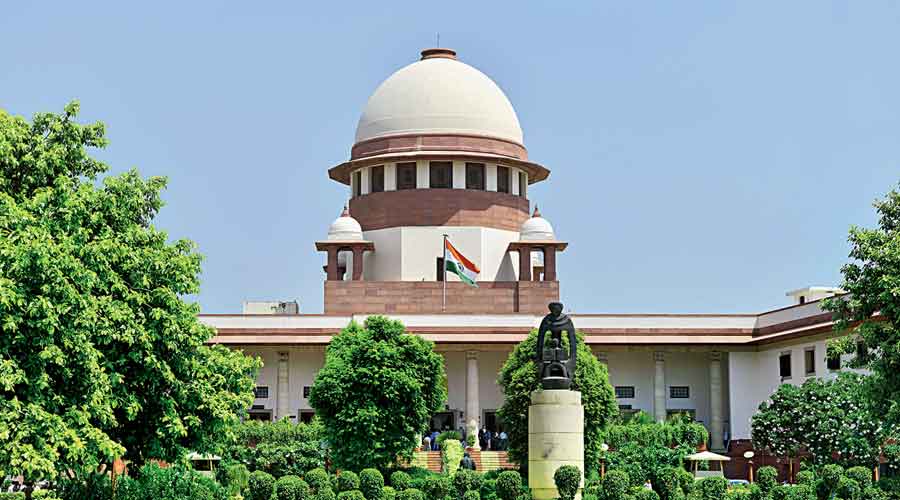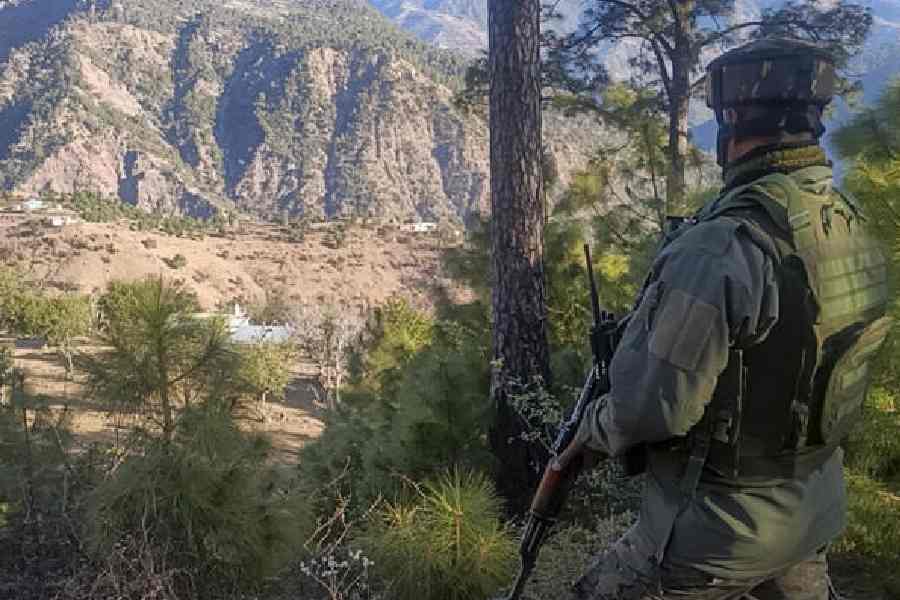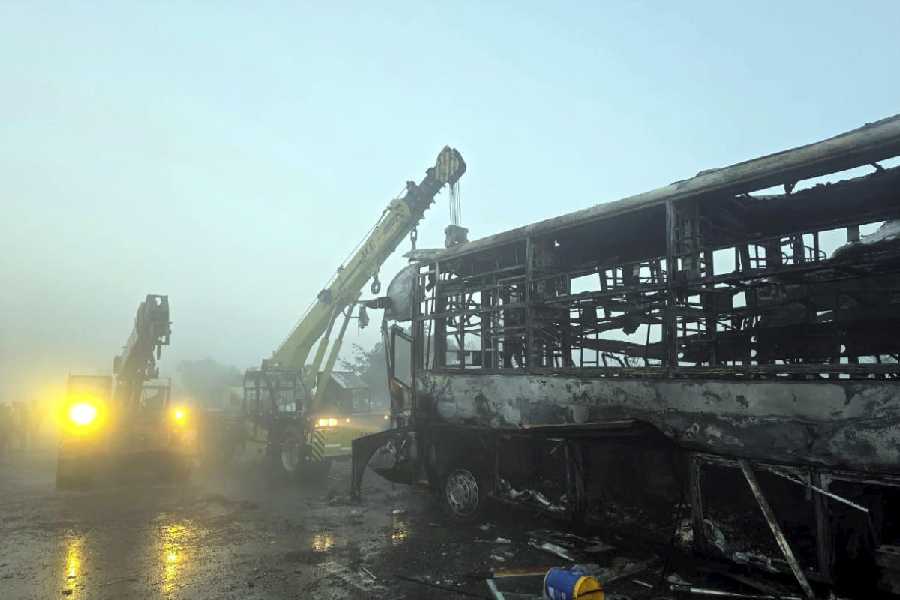Against Hijab Ban
Justice Sudhanshu Dhulia, who struck down the Karnataka government’s order linked to the headscarf as unconstitutional, wondered whether it was too much to ask in a democracy for a Muslim girl to assert her right to wear the hijab.
“All the petitioners want is to wear a hijab! Is it too much to ask in a democracy? How is it against public order, morality, or health, or even decency or against any other provision of Part III (relating to fundamental rights) of the Constitution?” Justice Dhulia asked.
“Asking a pre-university schoolgirl to take off her hijab at her school gate is an invasion on her privacy and dignity, and wearing the hijab should be a matter of choice,” he added.
Justice Dhulia said the denial of the right violated the fundamental right given to her under Article 19(1)(a) (freedom of speech and expression) and Article 21 (personal liberty) of the Constitution.
“This right to her dignity and her privacy she carries in her person, even inside her school gate or when she is in her classroom. It is still her Fundamental Right, not a ‘derivative right’ as has been described by the high court,” Justice Dhulia said.
The judge, who differed with presiding judge Justice Hemant Gupta, said that another question which the school administration and the State must answer is: “What is more important to them: education of a girl child or enforcement of a dress code!”
“We have been informed… that some of the girl students have not been able to appear in their board examinations, and many others were forced to seek transfer to other schools, most likely madrasas, where they may not get the same standard of education. This is for a girl child, for whom it was never easy, in the first place, to reach her school gate,” Justice Dhulia said.
Justice Dhulia asserted that under the constitutional scheme of things, wearing a hijab should simply be a matter of choice.
“It may or may not be a matter of essential religious practice, but it still is a matter of conscience, belief and expression. If she wants to wear a hijab, even inside her classroom, she cannot be stopped, if it is worn as a matter of her choice, as it may be the only way her conservative family will permit her to go to school, and in those cases, her hijab is her ticket to education.
“The unfortunate fallout of the hijab restriction would be that we would have denied education to a girl child…. This case here, therefore, has also to be seen in the perspective of the challenges already faced by a girl child in reaching her school,” Justice Dhulia observed.
The judge said that one of the best sights in India today was that of a girl child leaving for her school in the morning with her bag.
“She is our hope, our future…. The hurdles and hardships a girl child undergoes in gaining education are many times more than (those faced by) a male child,” Justice Dhulia observed.
“This case, therefore, has also to be seen in the perspective of the challenges already faced by a girl child in reaching her school. The question this court would therefore put before itself is also whether we are making the life of a girl child any better by denying her education merely because she wears a hijab.”
The judge regretted that these questions had not been sufficiently answered in the Karnataka High Court judgment of March this year. Further, the judge said, the State had not given any plausible reasons for the ban in the order dated February 5, 2022, or in the counter-affidavit before the high court.
“It does not appeal to my logic or reason as to how a girl child who is wearing a hijab in a classroom is a public order problem or even a law-and-order problem. To the contrary, reasonable accommodation in this case would be a sign of a mature society which has learnt to live and adjust with its differences,” Justice Dhulia said.
The judge said that in a democracy and under the rule of law, the laws that govern the country must pass the test of the trust of the Constitution.
“Amongst many facets of our Constitution, one is trust. Our Constitution is also a document of trust. It is the trust the minorities have reposed upon the majority,” the judge said.
Justice Dhulia underlined that students are at an impressionable age and added: “This is the time to foster in them sensitivity, empathy and understanding towards different religions, languages and cultures. This is the time when they should learn not to be alarmed by our diversity but to rejoice and celebrate this diversity. This is the time when they must realise that in diversity is our strength.”
For Ban
Justice Hemant Gupta of the Supreme Court on Thursday ruled that any marker of religious identity like the rudraksha or the cross that is worn inside clothes cannot be termed objectionable, but external religious indicators like the hijab cannot be permitted in secular schools run by the State with public funds.
At the same time, Justice Gupta maintained that students can be permitted to wear the hijab, tilak or other markers of religious identity wherever they are permissible under local rules. This would mean that these can be worn at madrasas and gurukuls but not in secular schools.
“The practice of wearing of hijab may be a ‘religious practice’ or an ‘essential religious practice’ or it may be social conduct for the women of Islamic faith. The interpretations by the believers of the faith about wearing of headscarf are the belief or faith of an individual. The religious belief cannot be carried to a secular school maintained out of State funds,” Justice Gupta, who authored the main judgment, said.
“It is open to the students to carry their faith in a school which permits them to wear hijab or any other mark, may be tilak, which can be identified to a person holding a particular religious belief, but the State is within its jurisdiction to direct that the apparent symbols of religious beliefs cannot be carried to schools maintained by the State from the State funds. Thus, the practice of wearing hijab could be restricted by the State in terms of the government order,” he added.
Justice Gupta, who retires on Friday, upheld the Karnataka government’s ban on the hijab at educational institutions, saying the provision was intended to renounce sectional diversities, develop humanism and cultivate a scientific and secular outlook.
“The sectarian approach that certain students will carry their religious beliefs to secular schools run by the State would be antithesis of the mandate of the statute. All students need to act and follow the discipline of the school. Out of the many steps required to ensure uniformity while imparting education, one of them is to wear the uniform dress without any addition or subtraction to the same. Any modification to the uniform would cease to be the uniform, defeating the very purpose of prescribing under Rule 11 and as mandated by the College Development Committee,” the judge said.
Justice Gupta said the Karnataka government order of February 5, 2022, directed that the prescribed uniform be followed. It necessarily excluded all religious symbols visible to the naked eye, he said.
“The argument that the students wear rudraksha or a cross is mentioned only to deal with an argument so raised. Anything worn by the students under his/ her shirt cannot be said to be objectionable in terms of the government order issued,” Justice Gupta said.
The object of the order was to ensure parity among students in terms of the uniform, and it was meant only to promote uniformity and encourage a secular environment in schools, the judge felt.
This is in tune with the right guaranteed under Article 14 (equality) of the Constitution, he said, and therefore restrictions on freedom of religion and conscience “have to be read conjointly along with other provisions of Part III (fundamental rights) as laid down under the restrictions of Article 25(1) (religious freedom)”.
The judge noted that the right under Article 19(1)(a) to dress according to one’s own will, as a right of expression, is subject to reasonable restrictions under sub-clause (2) of Article 19. The State has not put a restriction on the exercise of the right conferred under Article 19(1)(a) but has regulated it in a manner that during school hours, in class and on working days, the students shall wear the uniform as prescribed, he said.
“The students have been given a uniform platform to grow and take quantum leap in their further pursuits. The homogeneity amongst the students in the matter of uniform would prepare them to grow without any distinction on the basis of religious symbols, if not worn during the classroom studies in a pre-university college,” Justice Gupta said.
The constitutional goal of fraternity will be defeated if the students are permitted to carry their apparent religious symbols with them to the classroom, the judge felt.
“None of the judgments referred to by the learned counsel for the appellants deal with an issue of fraternity in respect of a section of the citizens who wish to carry their religious symbols to a classroom,” Justice Gupta said.
At the same time, he said, the freedom of expression guaranteed under Article 19(1)(a) does not extend to the wearing of a headscarf.
“The uniform is an equaliser of inequalities. Therefore, prescribing uniform for children at an impressionable age is not only important but has a salutary effect on the mental development of the child to grow in the environment of oneness,” Justice Gupta said.











